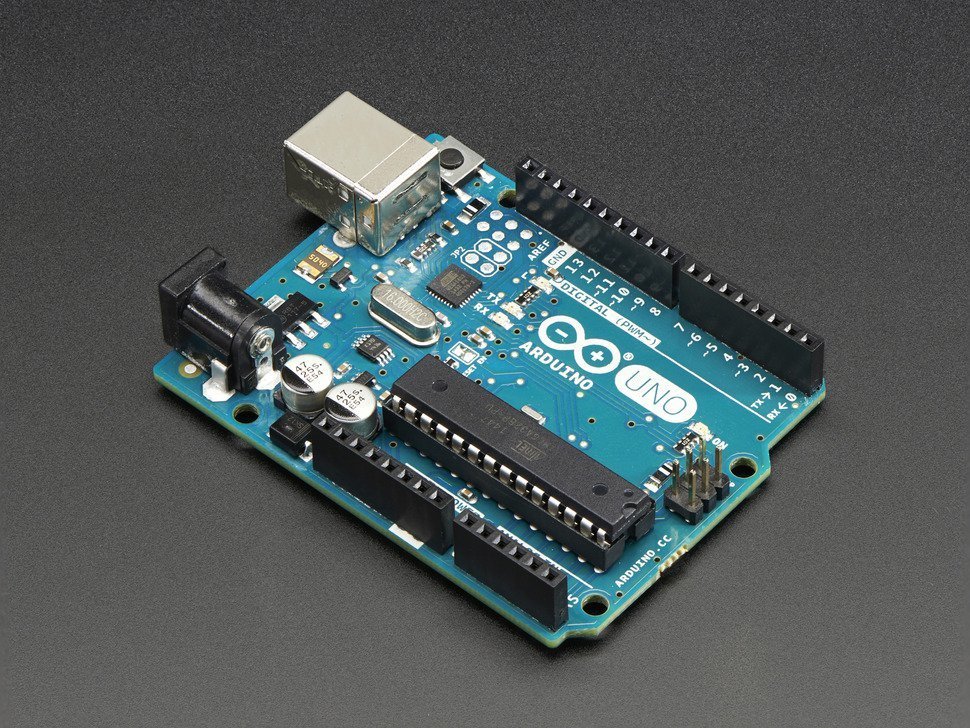Microcontrollers
And the "Hello World" of Hardware
specifically an Arduino Uno R3
What is a microcontroller?
- a "dedicated" computer
- you need another system to "program" them (you don't power them up and start typing)
- often embedded in a device, sometimes called "embedded controller"
- low power
- tend to be small, cheap
- often are "ruggedized"
- dedicated input device, sometimes has LCD output

Arduino (UNO R3)
- board ~$25-30
- an A-B USB cable for power and data transfer ~$4
- your trusty laptop with the Arduino IDE
- breadboard - they are awesome! ~$5
- m-m breadboard wires - lots for ~$5
- an LED and "matching" resister - lots for ~$30
A blinky led is the
"Hello World" of Hardware
Hardware setup
- Pins are helpfully marked on the board!
- docs - click documentation, go to "Input and Output" for more pin information
- "Each of the 14 digital pins on the Uno can be used as an input or output, using pinMode(), digitalWrite(), and digitalRead() functions. They operate at 5 volts."
- Digital Pin ~3 => resistor => LED => GND
Software Setup
- Arduino IDE - Integrated Development Environment
- really just a fancy text editor that "knows" about code, might do some extra stuff
- Arduino has it's own language - reference
- We will use the following functions:
- `setup() {}` and `loop() {}`
- `pinMode(pin, mode)` - in setup
- `digitalWrite(pin, value)` - in loop
- `delay(milliseconds)` - in loop
void setup() {
// put your setup code here, to run once:
pinMode(3, OUTPUT);
}
void loop() {
// put your main code here, to run repeatedly:
digitalWrite(3, HIGH);
delay(500);
digitalWrite(3, LOW);
delay(500);
}
Demo
Emily Platzer
Microcontrollers
By Emily Platzer
Microcontrollers
A talk given at the first meeting of Resistor Alliance on July 13, 2017, and on July 27, 2017
- 523



